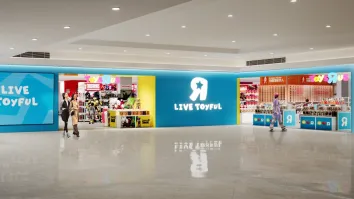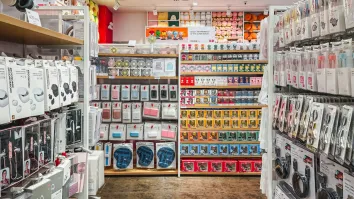Vietnam's middle class eyes higher disposable income by 2027
Economic growth and urbanisation propel middle class expansion
Vietnam's middle class is forecasted to witness an increase in disposable income, with 60% of households expected to earn over $5,000 annually by 2027. This projection comes amidst rapid urbanisation and economic growth, according to KPMG Vietnam and Cambodia’s Head of Markets Group, Tam Tran.
"Vietnam will reach a population milestone of 100 million in 2023, becoming the third most populated country in Southeast Asia, after Indonesia and the Philippines," Tam explained. The burgeoning population, primarily concentrated in urban centres, has become a pivotal factor in the growth of the middle class.
About 40% of Vietnam's population now resides in urban areas, which are expanding at an annual rate of 2.5 to 3%, data from the general statistics office of Vietnam shows. "This urban shift is not just a demographic change but a transformation in income dynamics across the country," added Tam.
Significantly, 67% of the population, amounting to 67 million people, is of working age. This demographic is seen as the backbone of the country’s economy, possessing substantial purchasing power and decision-making autonomy regarding spending. "The economic growth rate of 5% to 8% over the past decade has translated into more job opportunities, more stable income sources, and potentially higher wages, all of which drive the growth of disposable income," Tam noted.
As the middle class expands, its consumer behaviour is also evolving. The pandemic had initially led to a sharp decrease in non-essential spending and a shift towards savings and financial prudence. However, as the country emerged from the pandemic and the economy began to recover, there was a noticeable shift toward increased spending on experiences, such as dining out and travelling, alongside an expectation of growing demand for non-essential goods like home appliances.
"The Vietnamese consumer is among the most optimistic globally," Tam stated, referencing recent studies that show over 60% of Vietnamese consumers remain hopeful about the economic rebound post-COVID-19. Despite ongoing market uncertainties due to a global demand slowdown, real estate and financial market issues, and geopolitical tensions, there remains a strong consumer confidence that is likely to fuel further economic recovery.
The optimistic outlook of consumers contrasts with fears of inflation, higher fuel prices, and rising interest rates, which are making them more discerning in their shopping choices. "Consumers are becoming more cautious than before the pandemic, and the growth in non-essential goods is expected to be gradual, focusing more on value and experiences," Tam elaborated.

















 Advertise
Advertise








